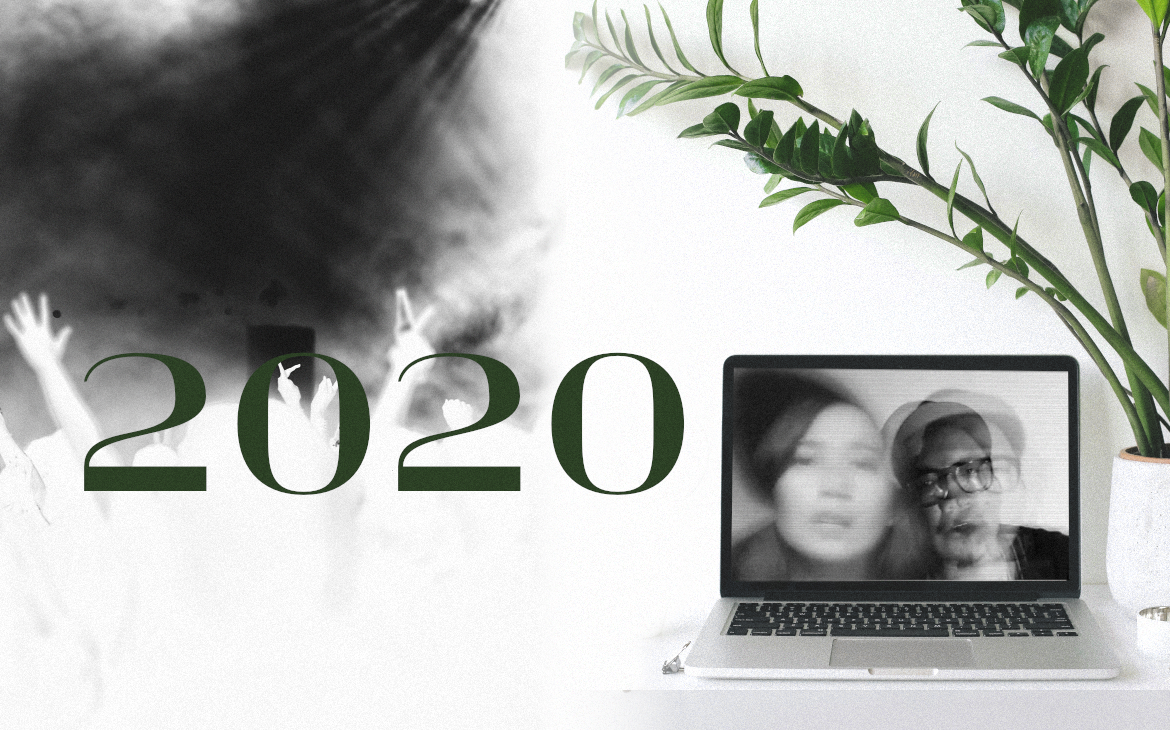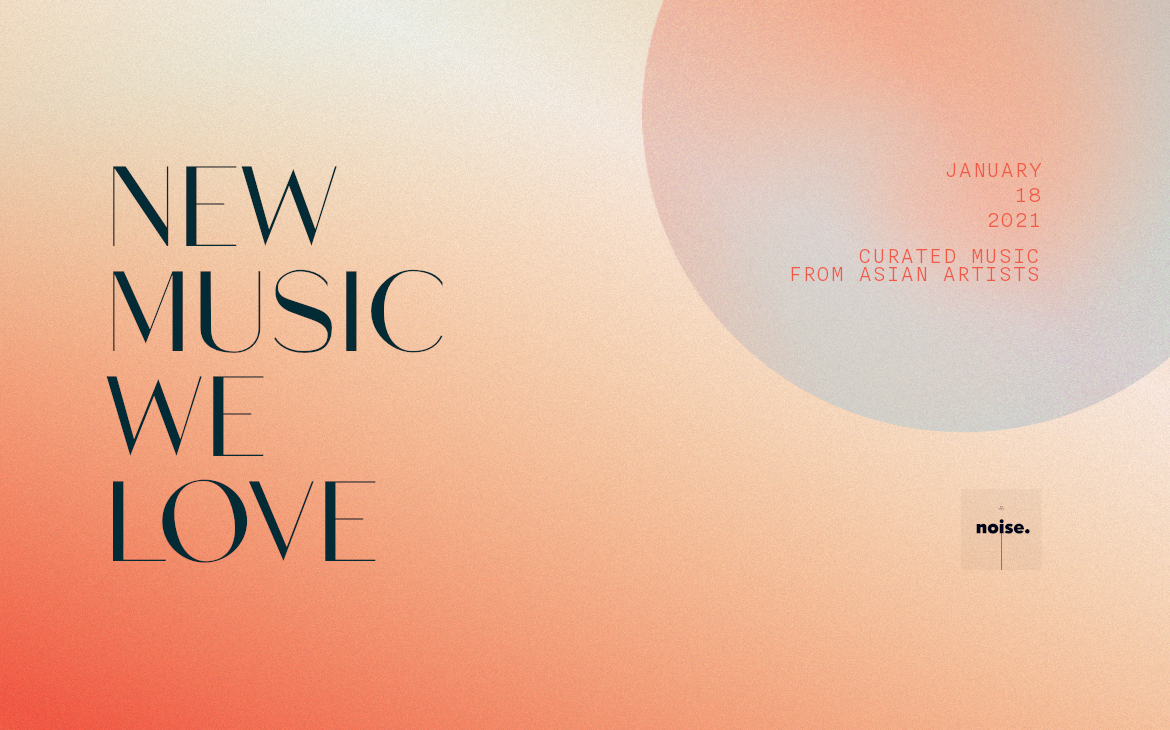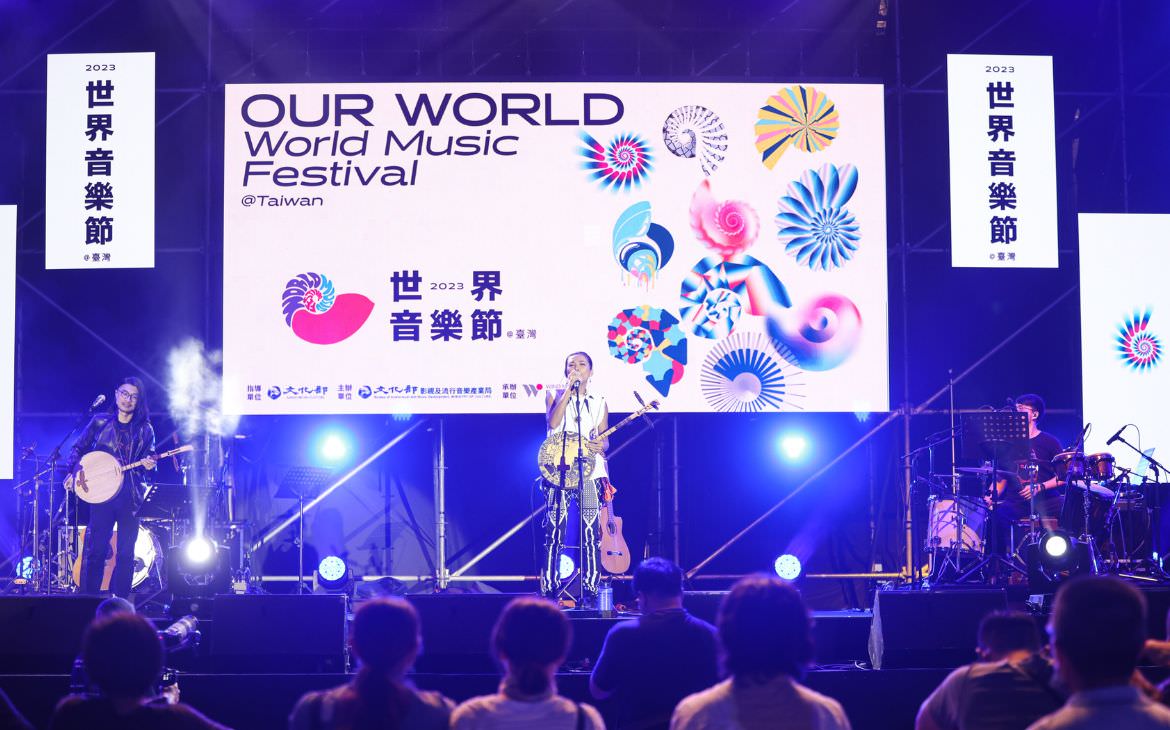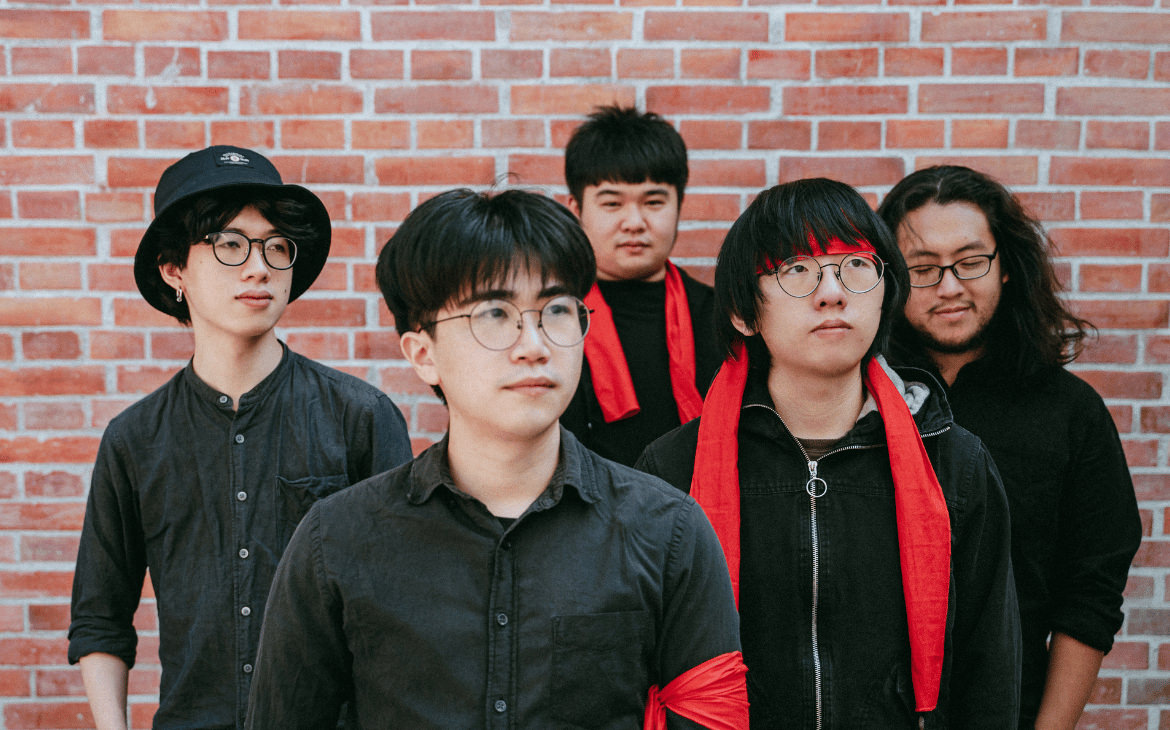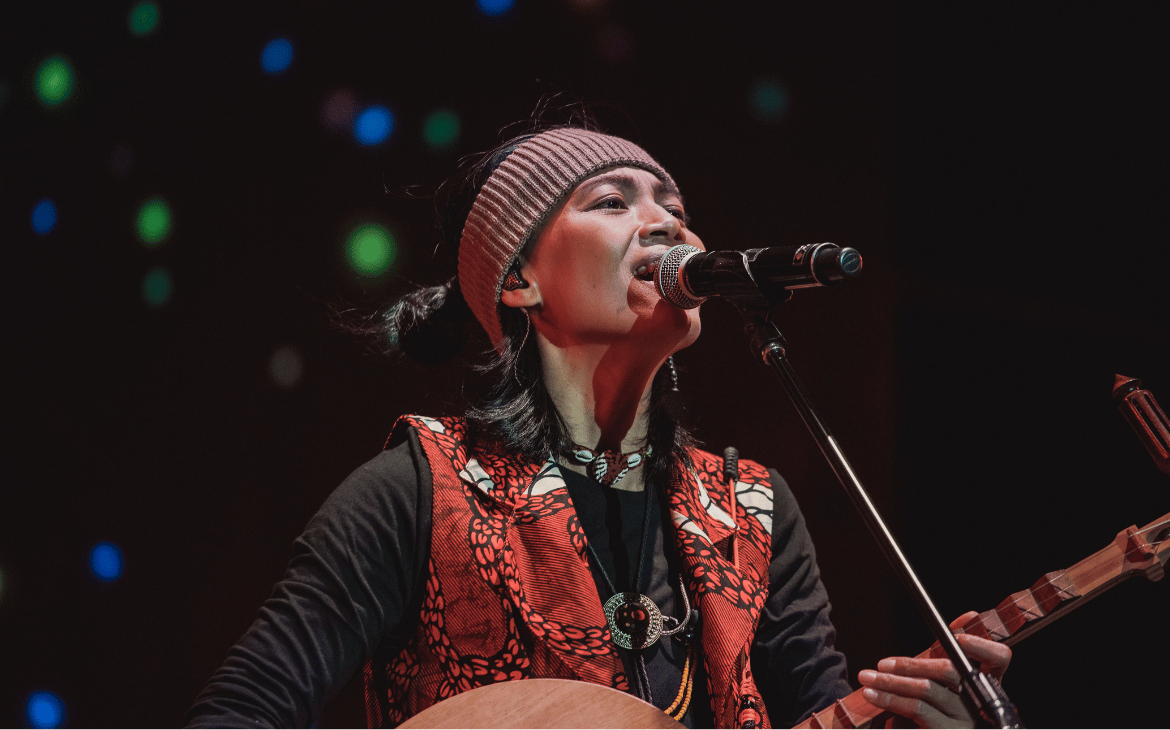Frenzied applause one moment, deafening silence the next.
Words by Aldus Santos
Illustration by MC Galang
I don’t want to close this past year or usher in a new one on a dour note.
But it is what it is.
I am, I guess, the de facto performer in the The Rest Is Noise staff, and although I’ve already lamented this last May, the indefinite embargo on the live show remains a thorn.
Now, I’m the farthest thing from being the quintessential gigging musician, but I’ve been doing it since 1997 and can call it not just “a way of life” but a life, full stop. And though those early years were replete with inconvenience and abject poverty (ha!) I’ve always approached the attendant tasks at hand with what could only qualify as devotion: rain-or-shine commutes, waiting an eternity for your turn onstage, dealing with failing gear on-the-fly, entertaining the random unenthusiastic bar drunk.
Frenzied applause one moment, deafening silence the next.
Wash, rinse, repeat.
What replaced those things this year is a series of decidedly domestic snapshots: gigging in your (out-of-sight) shorts and flip-flops, having choice snacks within arm’s length in between takes, and exercising the power to dictate and police—almost unilaterally—how you and your music should be presented. The pivot is decidedly unmusical: because pandemic-era performances tend to be either streamed or pre-recorded, the performing artist should also now be other things: production designer, cinematographer, video editor, exacting recordist.
In theory, these should be no skin off anyone’s nose; after all, we do perform unmusical things in the service of the music, including publicity, content management, networking. Except this year, we were tasked to “play” in this fashion almost exclusively.
It’s not so much that all of this is too much hard work, but that it’s not the kind of hard work most of us would rather do. Yes, we brave rush-hour EDSA drives, pay unspeakable amounts for Grab rides (because we can’t quite squeeze our pedalboards in the P2P’s leg room, no matter how generous it may appear), and agree to eat the same unhealthy gob of lard for pre-show dinner.
But that short chronicle of minuscule troubles is somehow still preferable to, well, this.
The pivot is decidedly unmusical: because pandemic-era performances tend to be either streamed or pre-recorded, the performing artist should also now be other things: production designer, cinematographer, video editor, exacting recordist.
In Pamphleteer, it was my friend and collaborator Dorothy [Cruz] who was encumbered with the task of art directing our appearances. We had to pre-record a modest number of shows—maybe four to five “sets” in all this year—in lieu of physically touring behind our debut record, which we also released while in lockdown.
Musically, the folk we play is pretty straightforward, but we sadly had to settle for duo performances (we have three other amazing bandmates) because we were always on a tight production timetable, and the mere prospect of laying in multiple instruments, mixing those, and then splicing together video footage of disparate resolutions, dimensions, and overall quality was gargantuan enough.
But, man, don’t get me wrong about any of this, because the results are always heartwarming. And unlike live shows, these shot-edited-and-produced shows are their own distinct Polaroids. A personal favorite is, easily, my band’s appearance at Sonik Philippines’ festival-conference, directed by Otto Hernandez. Dorothy and I shot ourselves remotely while following a shot list, per-song treatments, and to some extent, even wardrobe (which, in my closet’s context, pretty much means which shades of black I was allowed to wear, kidding/not kidding).
And then there were the super jams, a few of which I was lucky to participate in.
For a succession of weeks, the people behind Alternatrip and Redverb produced multi-artist collaborations mostly doing alt-rock covers (I sang Jesus and Mary Chain’s “Sometimes Always” opposite Aly Cabral, who sang Hope Sandoval’s parts), and the series culminated in a massive original penned by the outfit’s masterminds—RJ Mabilin, Jam Lorenzo, and Ean Aguila—a BSS-flavored protest tune called “Ngayon ang Panahon.” It charted for a while on Jam 88.3, which I feel is a feat for absentee collaboration, with none of its contributors spending time in the same room (or the same city, for that matter).
Video director Adrian Arcega (also the lead singer for Stereodeal) also rounded up like-minded Blur fans to do a cross-continental cover of evergreen favorite “The Universal,” where I deluded myself I can somehow manage to do Damon Albarn.
In all of this, music is a mere piece in a larger logistics puzzle. That’s a little sad but also kind of sweet; it speaks volumes of our insatiable desire to share—music played to nobody being akin to a fallen tree in a forest with no one around to hear it, “Did it make a sound?” and all that—and also our impregnable position as social animals. But some things are resolutely irresolvable: no, these streams can never replace live shows; yes, basic video production is a viable skill set, but—an unfortunate caveat and corollary—no, it won’t make you better players.
But this is what we have for now, and though we consume them like we would any online content (homogenized, no sense of urgency) they’re still, hmm, they’re still something. The biggest tragedy here—next to the hibernation of socialization—is that we will continue to miss out on sound in the manner that only live venues can churn out: with heft, with dimension, with a physicality that borders on an uneven (and unnecessarily loud) conversation.
Discomfort, we find, is both a function of being around (i.e., being alive) and being around others (i.e., being alive together). We didn’t necessarily rid ourselves of discomfort in the shows we played this year; we just traded them for new ones.

